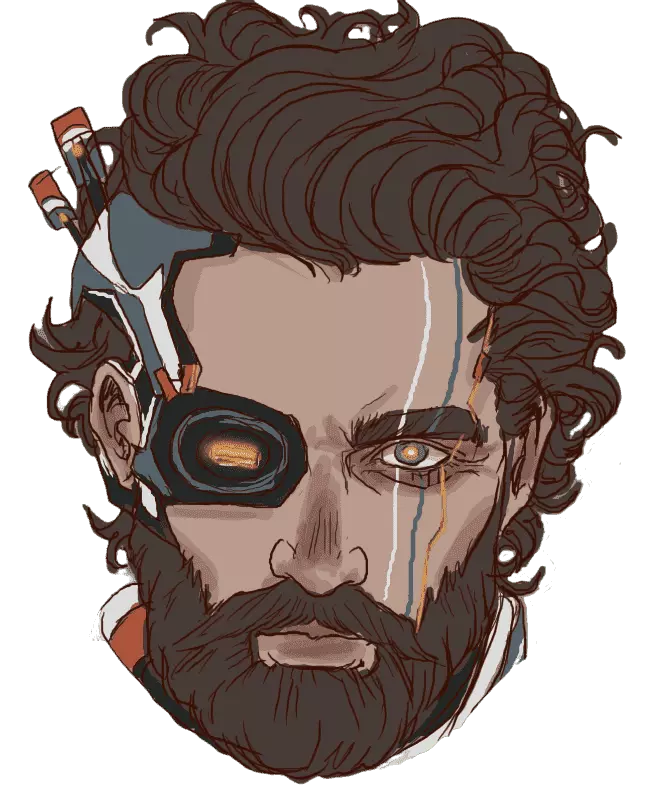Like many, when I heard about Folding@HOME and how I could contribute to the fight against COVID, I put my hardware to work. Now that’s it has been a while, what effect did those projects ultimately have on the outcome? Did it actually help with the creation of vaccines, or was it effectively just a massive waste of energy?
Here’s a video from Dr. David Barker, who leads the Rosetta@Home project, describing how that project’s computing has helped COVID research.
https://www.youtube.com/watch?v=ODEIN5V3yLgI hadn’t seen that video before, but it’s not quite what I’m looking for; it seems that video was made while they were still working on the project, and they were looking for a way to “get it out into the world”. Is there a sort of post-mortem analysis of what the project achieved / is still achieving now?
Ultimately, what distributed computing projects provide is processing of data to facilitate scientific research. Most projects publicize scientific papers that make use of their data, like this blog post and the paper linked therein. In terms of post-mortem, that’s difficult to have while COVID is still an ongoing field of research.
While it has nothing to do with biology, Milkyway@Home recently announced that one of their projects would be shutting down because all goals had been achieved. They hope to publish a scientific paper later this year.
How did I completely miss this, the video linked in another comment does a decent job of explaining. Is there anything like this currently going on for other research elsewhere? Would love to get involved.
It seems a lot of projects aren’t in operation anymore, but I found a list at https://en.m.wikipedia.org/wiki/List_of_volunteer_computing_projects
The one I still use is https://electricsheep.org/, but it’s art based and not as much for research. :)
That’s just amazing. Thanks so much




